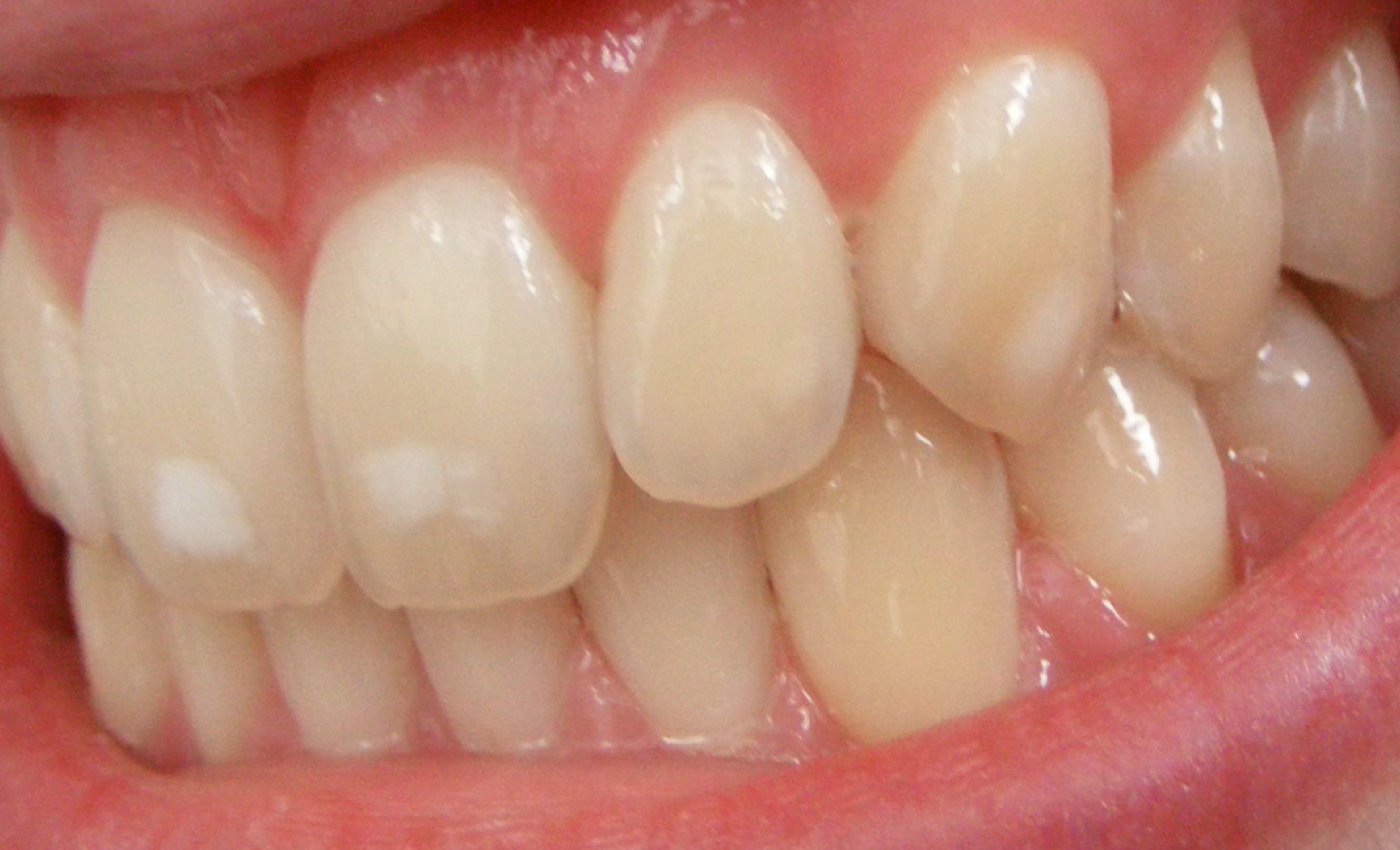
Dental Fluorosis. The Cause to Permanent Staining of Teeth
What is Dental Fluorosis?
Have you come across people or are you one of them with lacy white patches on their teeth accompanied by irregular formation, discolouration and highly noticeable pits or in a severe condition multiple brown patches with high deformities of the tooth? These are symptoms of a cosmetic condition that affects the tooth enamel and is referred to as Dental Fluorosis. Dental fluorosis, a defect of the teeth enamel characterised by increased porosity of the enamel. In “moderate” and “severe” forms of fluorosis, the enamel’s porosity increases in such a way that the teeth begin to erode and crumble. Teeth fluorosis have very pronounced staining which can deeply disfigure one’s smile.
What Causes Dental Fluorosis?
Dental fluorosis is the defect of enamel leading to permanent teeth staining. It is caused by undue exposure to fluoride before the age of 8 years for a long period of time. In layman’s terms, this is caused by the improper use of fluoride majorly through consumption of it. Products such as toothpaste and mouthwashes are the primary cause of fluoride excess when not used carefully. Oftentimes, children enjoy the taste of toothpaste and mouthwashes so much so that they end up swallowing it. Although there are other causes of dental fluorosis. Per se taking a more-than-prescribed amount of fluoride supplements before the age of 8 can lead to it. One of the other prominent reasons is the excessive amount of fluoride in drinking water due to the high toxicity of the water. Also keeping in mind that even though the water in your house is safe to consume but the water used in making all the processed food you consume necessarily isn’t.
Can Dental Fluorosis be treated?
Dental fluorosis is a condition that leads to the formation of permanent teeth stains in children, very often in the incisors. This change in the appearance of teeth causes anxiety and embarrassment in children and hence this can be treated as per the guidance of your dentist as not all treatments are suitable for everyone. The appearance of teeth affected by moderate-to-severe fluorosis can be notably improved by a number of techniques. Most of them are aimed at concealing the stains.
The techniques may be the following:
Tooth whitening – Tooth whitening/ tooth bleaching and other procedures to remove surface stains can be used although it can potentially temporarily worsen the appearance of stains.
Bonding– Bonding is a technique which coats the tooth with a hard resin that bonds to the enamel and gives a nice and finished appearance to the tooth.
Crowns– Crowns are also popularly used to mask the stains caused by dental fluorosis.
Veneers-These are custom-made shells that cover the front of the teeth to improve their appearance. Veneers are mainly used in cases of severe dental fluorosis.
How can the caregiver prevent the development of Dental fluorosis?
Until the age of 8, it is very important to keep mind 3 important markers while using fluoride
Dose (How much?)
Timing (When)
Duration (How long?)
It is important as caregivers to seek information regarding the most common source of dental fluorosis, which is drinking water. Do not forget to get the concentration of fluoride in the drinking water checked before letting the child consume it. Ideally, the concentration of fluoride in drinking water should not be anywhere more than 2mg/L.
For children less than the age of 2, it is very important to get a consultation from the dentists before using fluoride toothpaste.
Between the age group of 2-8 years, no more than a pea-sized amount of fluoride toothpaste should be used.
As far as fluoride supplements are concerned, these are given to the kids who live in areas with no source of fluoride, especially in water to prevent tooth decays. Although the amount must be recommended by the dentist and should be taken care of.
As we know that we can’t prevent the use of high-content fluoride water in processed food. Therefore, to be on a safer side, it is highly recommended to prevent kids below the age of 8 from consuming processed food as the condition develops only until a person is 8 and not after that age.
Final Note
Dental fluorosis is a condition that leads to permanent damage of the tooth enamel, it causes permanent staining, thinning and irregularities, highly-noticeable pits on the surface of one’s teeth. It can often be a source of embarrassment for children and therefore precautions to prevent any such damage should be prevented. But this does not mean that it is untreatable. It most certainly is.
There are a variety of techniques that are used to treat dental fluorosis. Most of them directed towards the masking of stains.

Hailey - 9 months ago